 |
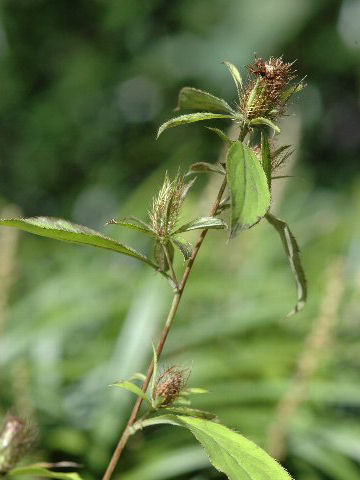

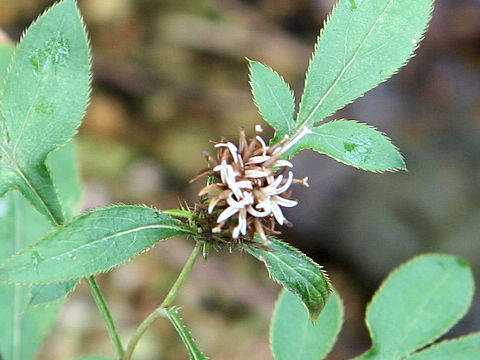

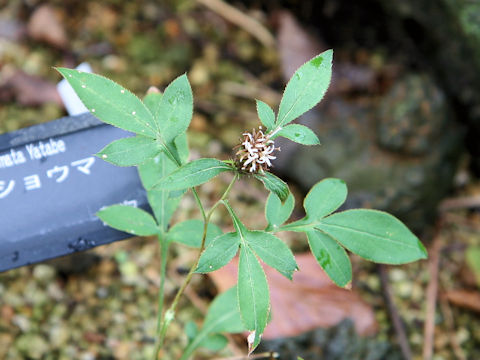

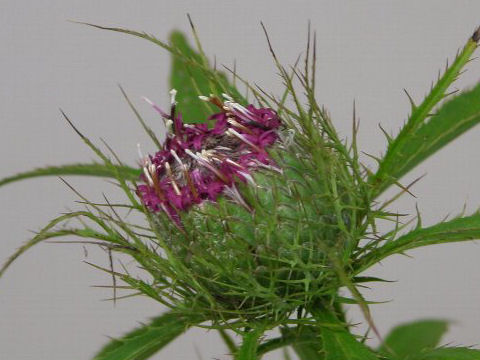

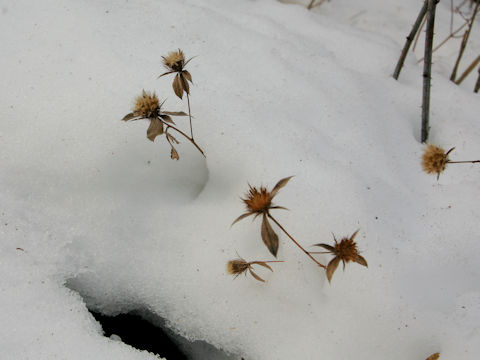

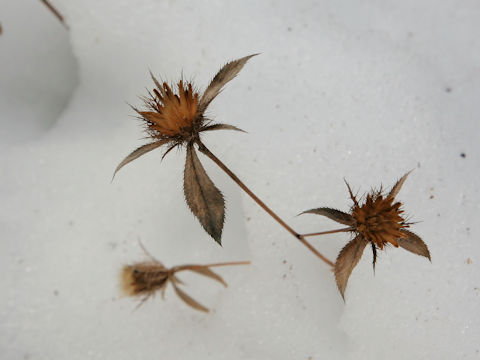

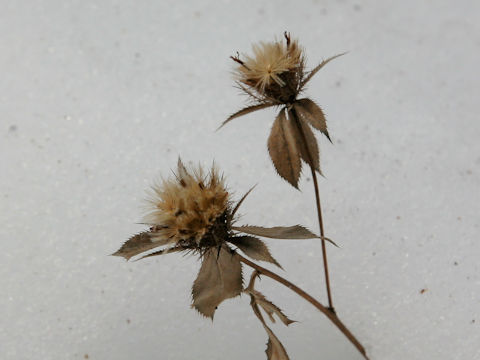

|

|
íªÌ{B©çlEãBA»êÉ©N¼âkɪzµÄ¢Ü·BRìÌâ⣢½nɶ¦A³ÍRO`POOZ`ÉÈèÜ·BsÍ×ļ§µAtÍÈ~`ܽÍR`T[ôµÜ·BÉÍó̪ èÜ·BX©çPO²ëAãÌ}æÉF©çWgF̪Ôð穹ܷBäÌüèÉÍAóÌätª èÜ·B¿ûÅͪsÍQiÑá¶ãÂjÆÄÎêAÝòƵÄp¢çêÜ·Bs̪â_ÐÅÍAåAúÌ[éÉu¨¯çiQjvð°uQÕi¨¯çÜÂèjvªsíêÜ·B
|

|
LNÈIP®Ì½NÅAw¼Í Atractylodes japonica (Atractylodes ovata)Bp¼Í Japanese atractylodesB
|

|
The Japanese atractylodes (Atractylodes japonica) belongs to Asteraceae (the Aster family). It is a perennial herb that is distributed from Honshu to Shikoku and Kyushu in Japan, as well as the Korean Peninsula and northeastern China. It grows on slightly dry grasslands in the mountains and can reach a height of 30 to 100 cm. The stems are thin and upright, and the leaves are elliptic or split 3-5 deep lobes. There are spiny serrations on the edges. From September to October, white to pink flower heads bloom on the upper branch tips. Around the bracts, there are fish-bone-shaped bracts. In Chinese medicine, the rhizome is called "Q" (Bai zhu) and is used as a stomachic medicine. At Yasaka Shrine in Kyoto, a Shinto festival called "the Okera Festival" is held at midnight on New Year's Eve.
|

|
[ã] ·ì§}kºâäªØÉÄA2006N1007úBeB(photo by Takao Itoh)
[PEQ] åãsß©æuçâ±ÌÔÙvÉÄA2006N1006úBeB
[R] uMBRìWvÉÄA2006N0917úBeB(photo by Takao Itoh)
[S`TEº] {é§åäsÂtæu×RvÉÄA2022N0301úBeB
|








